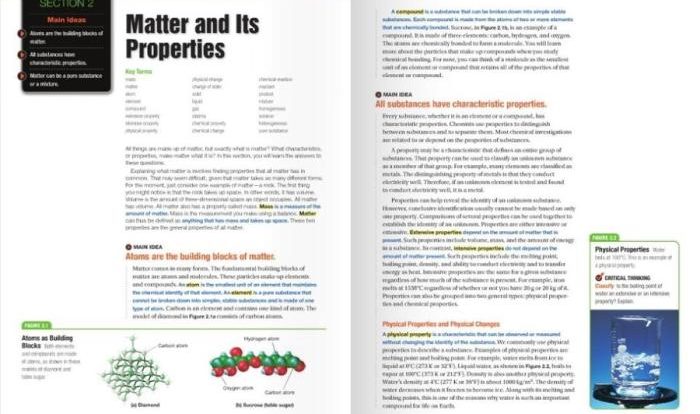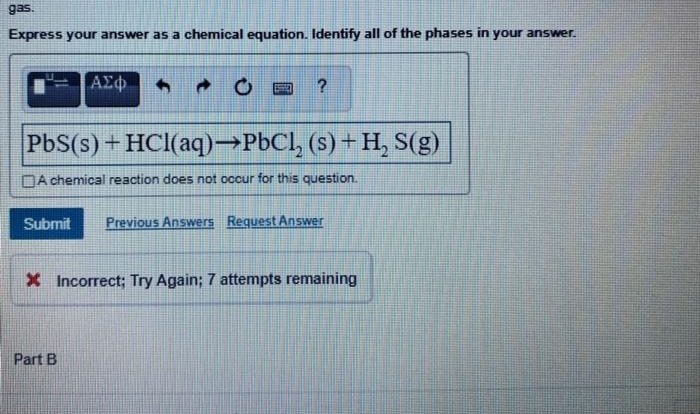Which two particle diagrams represent mixtures of diatomic elements – Particle diagrams offer a valuable tool for visualizing and understanding mixtures, particularly those involving diatomic elements. These unique substances exhibit distinct properties that set them apart from monatomic elements, and their representation in particle diagrams provides crucial insights into their behavior and interactions.
This article delves into the characteristics of particle diagrams that reveal mixtures of diatomic elements, empowering readers to identify and interpret these diagrams accurately.
Introduction: Which Two Particle Diagrams Represent Mixtures Of Diatomic Elements

Particle diagrams are visual representations of the arrangement of particles in a substance. They can be used to represent mixtures of different elements or compounds. Diatomic elements are elements that exist as pairs of atoms bonded together. They have unique properties that make them different from monatomic elements, which exist as individual atoms.
Particle Diagrams of Diatomic Mixtures

| Element | Particle Diagram |
|---|---|
| Hydrogen (H2) |  |
| Oxygen (O2) |  |
| Nitrogen (N2) |  |
Identifying Mixtures of Diatomic Elements

Particle diagrams of mixtures of diatomic elements have the following characteristics:
- The particles are arranged in pairs.
- The pairs of particles are not connected to each other.
- The particles are all the same size.
These characteristics can be used to differentiate mixtures of diatomic elements from mixtures of monatomic elements. Monatomic elements exist as individual atoms, so their particle diagrams will show individual atoms, not pairs of atoms.
Examples and Applications
Examples of particle diagrams representing mixtures of diatomic elements include:
- A mixture of hydrogen and oxygen gas
- A mixture of nitrogen and oxygen gas
- A mixture of hydrogen and nitrogen gas
Understanding particle diagrams of mixtures of diatomic elements is important in chemistry because it can help us to understand the properties of these mixtures. For example, the properties of a mixture of hydrogen and oxygen gas are different from the properties of a mixture of hydrogen and nitrogen gas, even though both mixtures contain the same number of atoms.
FAQ Corner
What is the key difference between particle diagrams of diatomic and monatomic mixtures?
Particle diagrams of diatomic mixtures show pairs of atoms connected by lines, while monatomic mixtures depict individual atoms.
How can particle diagrams help identify mixtures of diatomic elements?
Diatomic mixtures exhibit a characteristic pattern in particle diagrams, with pairs of atoms consistently appearing together.
What are some practical applications of understanding particle diagrams of diatomic mixtures?
These diagrams aid in predicting the behavior of diatomic substances in chemical reactions, designing materials with specific properties, and understanding molecular interactions.

